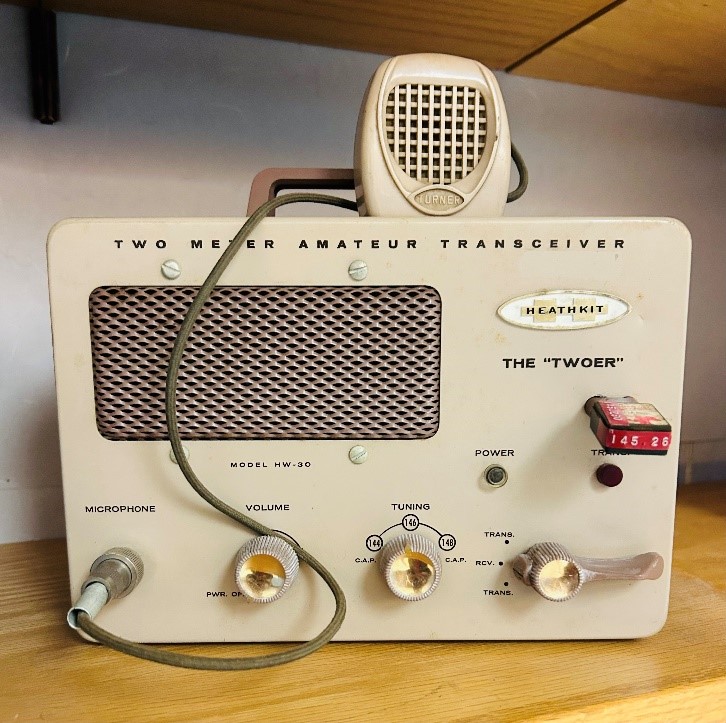Victor “Vic” Poor (W5SMM) (July 12, 1933 – August 17, 2012) was an American engineer and computer pioneer. At Computer Terminal Corporation (later renamed Datapoint Corporation), he co-created the architecture that was ultimately implemented in the first successful computer microprocessor, the Intel 8008. Subsequently, Computer Terminal Corporation created the first personal computer, the Datapoint 2200 programmable terminal.
The challenges of communicating by radio while at sea (callsign W5SMM) led Poor to develop software that integrates Internet with amateur radio to store and forward messages; this system is today part of a major amateur-supported emergency communications network. While sailing, Poor wanted a better way to communicate with those around him. This led to him developing, in 1985, the original computer program, APlink (AMTOR-Packet Link). Then as part of a group of radio amateurs, acting as the architect Poor helped to develop what became Winlink. Both systems would automatically store and forward messages between amateur radio stations. With no one in the group able to take royalties due to the amateur radio regulations, the American Radio Relay League (ARRL) later adopted APlink for their National Traffic System (NTS) digital messages. The system was widely adopted by radio amateurs, the United States military, and state and local emergency preparedness teams. It was credited with being one of the few communications systems that worked in the wake of Hurricane Katrina.
Vic’s association with the University of Michigan is through members Irv Hoff (RTTY) and Jonathan Schmidt (DataPoint Corporation). It was from Schmidt that the club received Poor’s Heathkit “Two’er” transceiver.

